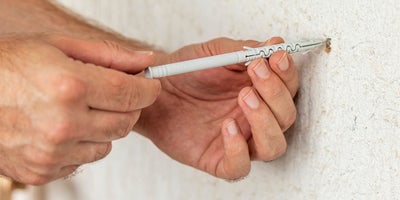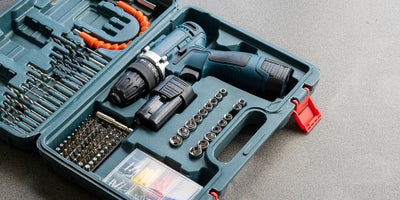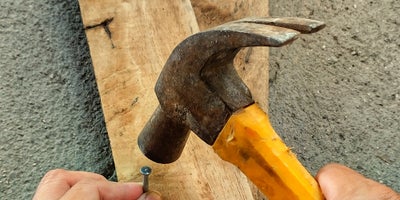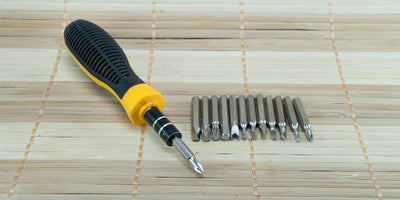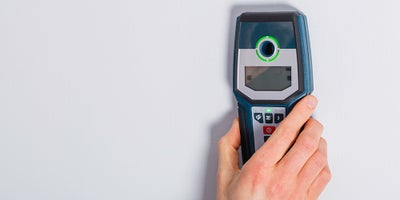What do I need to put up shelves?
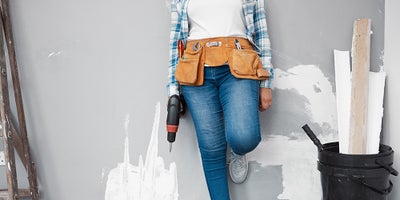
Putting up a shelf is a relatively simple process, but you still need a few tools to help you do it properly. For a complete beginner, venturing into the world of DIY tools and accessories can be overwhelming, so we’re here to walk you through exactly what you’ll need to get started.
Once you’ve picked a shelf and bracket (or just a shelf if you want the floating look), you’ll need the following:
Tools
Materials
